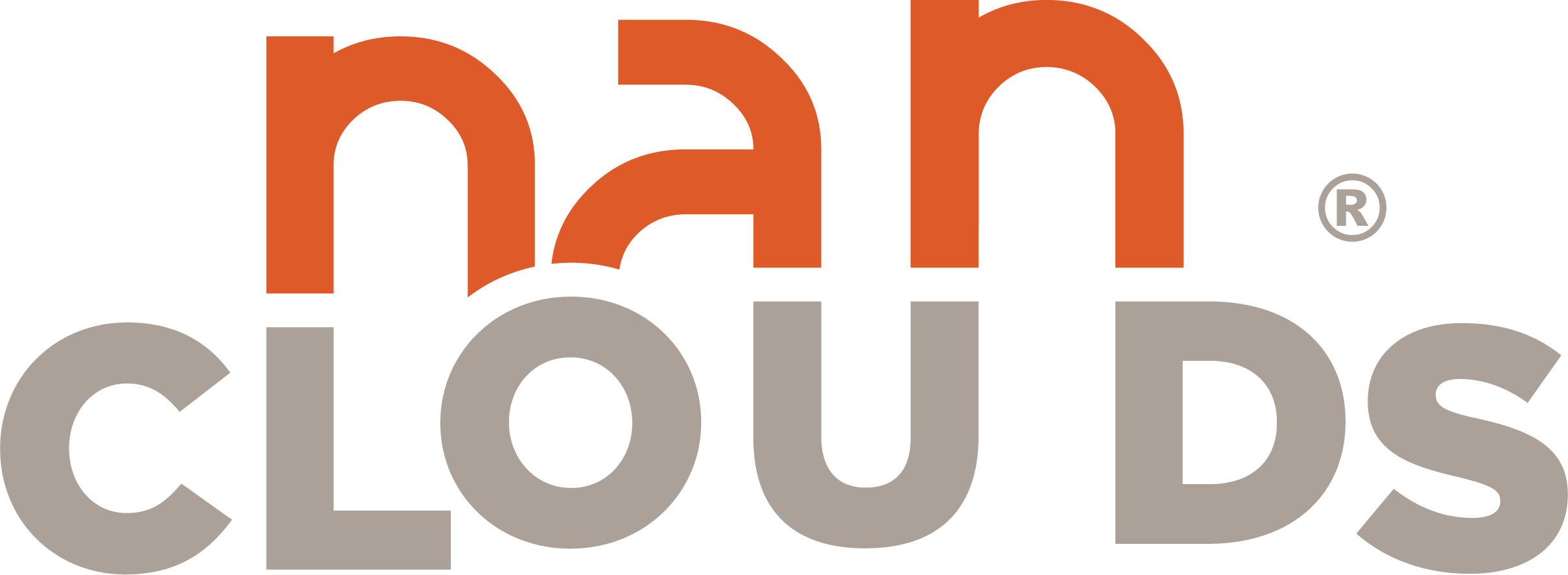Why Active Trading Isnt for Most Investors
It’s true – there’s a lot of glamour in finding the undervalued needles in a haystack of stocks. But it involves analysis and insight, knowledge of the market and a lot of work, especially if you’re a short-term trader. • Because passive funds use an algorithm to track an existing index, there is no opportunity for a live manager to intervene and make a better or more nimble choice. • As noted above, index funds outperformed 79% of active funds, according to the SPIVA scorecard.
Passive investing strategies often perform better than active strategies and cost less. Of course, it is important to note that there are several instances in which passive investing has outperformed active investing. Numerous active funds and portfolio managers overseeing active investments have also failed to outperform benchmarks and indices. Passive investing is buying and holding investments with minimal portfolio turnover. Active investing is buying and selling investments based on their short-term performance, attempting to beat average market returns. Both have a place in the market, but each method appeals to different investors.
Understanding Active vs. Passive Investing Strategies
There are also several strengths and weaknesses of active investing. In my opinion, the exact timing of your investment is not overly important. Spending time in the market is more important than trying to time the market. One of the most convenient aspects of a stock split is that investors aren’t required to do anything. Investment firms and brokerage houses handle the details in the background.
These time-tested, manger-led portfolios have been around for nearly a century, and they make up the majority of mutual fund offerings today. Still, this portfolio type does have some inherent advantages and disadvantages. After the investor thinks he or she has identified a pattern in the company’s stock, the person will buy and sell shares in accordance with the stock’s predicted performance. Therefore, the person’s goal is to identify and exploit market trends. This approach could work, depending on the strategies you employ. Here’s why passive investing trumps active investing, and one hidden factor that keeps passive investors winning.
Does active investing have high risk?
Perhaps your foray into active investing begins with buying one stock and grows from there. As with any bet that’s more speculative, make sure you’re investing money you can afford to lose. And then there’s the crowd of people who fall somewhere in the middle. They aren’t ready for the time and intensity day trading requires, but they itch to do more with their portfolio than follow reliable (if mundane) long-term investment strategies. Active investing may sound like a better approach than passive investing.
Betterment offers personalized, diverse cryptocurrency investing for a separate annual fee of 1%. This fee is quite competitive, given that some crypto exchanges charge spread fees of up to 1% per transaction. You can also use Betterment’s retirement planning services, reward-earning capabilities, and the all-in-one financial dashboard to track your investments and connect to outside accounts.
Active Investing: Overview, Benefits, Limitations
Many automated platforms offer ETFs, so its investment selection aligns with most competitors. Let’s say that you own 10 shares of Nvidia at an average price of $1,000. Following the stock split, your brokerage account will reflect that you now own 100 shares of Nvidia, each at a cost basis of $100. But as I alluded to, stock splits don’t actually change the market cap of a company. Therefore, the lower share price post-split does not mean that you’re actually investing in Nvidia at a more attractive price. Active traders typically use a high volume of trades to make profits, since the price swings likely to occur over the short term tend to be relatively small.
Both gauge their success against common benchmarks like the S&P 500—but active investing generally looks to beat the benchmark whereas passive investing aims to duplicate its performance. “Less buying and selling of investments means fewer taxable events like capital gains, and ultimately less taxes paid by investors along the way,” says Weiss. You can access passive and active funds with some of the best online brokerages for access to account flexibility, human advisors, low fees, and other wealth-growing tools. A passively managed portfolio, meanwhile, aims to track a particular slice of the investable universe. Like its actively-managed counterpart, a passive portfolio is also made up of a pool of securities that meet a particular investment goal.
Disadvantages of passive investing
For example, you could have, say, 90 percent of your portfolio in a buy-and-hold approach with index funds, while the remainder could be invested in a few stocks that you actively trade. You get most of the advantages of the passive approach with some stimulation from the active approach. You’ll end up spending more time actively investing, but you won’t have to spend that much more time. Active investing is what live portfolio managers do; they analyze and then select investments based on their growth potential. Active strategies have a number of pros and cons to consider when comparing them with passive strategies. Active investing is a strategy where an investor attempts to beat the market by trading individual stocks, bonds, or other securities.
Funds built on the S&P 500 index, which mostly tracks the largest American companies, are among the most popular passive investments. If they buy and hold, investors will earn close to the market’s long-term average return — about 10% annually — meaning Utility Programming Interface Api they’ll beat nearly all professional investors with little effort and lower cost. An active fund manager’s experience can translate into higher returns, but passive investing, even by novice investors, consistently beats all but the top players.
By holding on to the same investments over time, you’re improving the likelihood of earning a greater return down the line. Passive investing (aka passive management) is a low-cost, long-term investing strategy aimed at matching and growing with the market, rather than trying to outperform it. With passive investing, you must ignore the daily fluctuation of the stock market. Index funds can be an easy, low-cost way for a beginner to enter the market, but, over time, it may be worth exploring more complex options, like an actively managed fund.
- Founded in 1993, The Motley Fool is a financial services company dedicated to making the world smarter, happier, and richer.
- While there are advantages and disadvantages to both strategies, investors are starting to shift dollars away from active mutual funds to passive mutual funds and passive exchange-traded funds (ETFs).
- Many investment advisors believe the best strategy is a blend of active and passive styles, which can help minimize the wild swings in stock prices during volatile periods.
For someone who doesn’t have time to research active funds and doesn’t have a financial advisor, passive funds may be a better choice. You can do active investing yourself, or you can outsource it to professionals through actively managed mutual funds and active exchange-traded funds (ETFs). These provide you with a ready-made portfolio of hundreds of investments. The main difference between active and passive investing is that active investing involves frequent trading in an attempt to outperform the stock market.
Pros and cons of passive investing
A common benchmark proxy for this slice is the S&P; 500 Index, which tracks the 500 largest companies within the nation. A passive portfolio that tracks the S&P; 500 Index would buy or sell stocks as they are added or removed from the Index. We do not manage client funds or hold custody of assets, we help users connect with relevant financial advisors. It involves an analyst or trader identifying an undervalued stock, purchasing it and riding it to wealth.
How we make money
Please refer to Titan’s Program Brochure for important additional information. Before investing, you should consider your investment objectives and any fees charged by Titan. The rate of return on investments can vary widely over time, especially for long term investments. Investment losses are possible, including the potential loss of all amounts invested, including principal. Brokerage services are provided to Titan Clients by Titan Global Technologies LLC and Apex Clearing Corporation, both registered broker-dealers and members of FINRA/SIPC.

